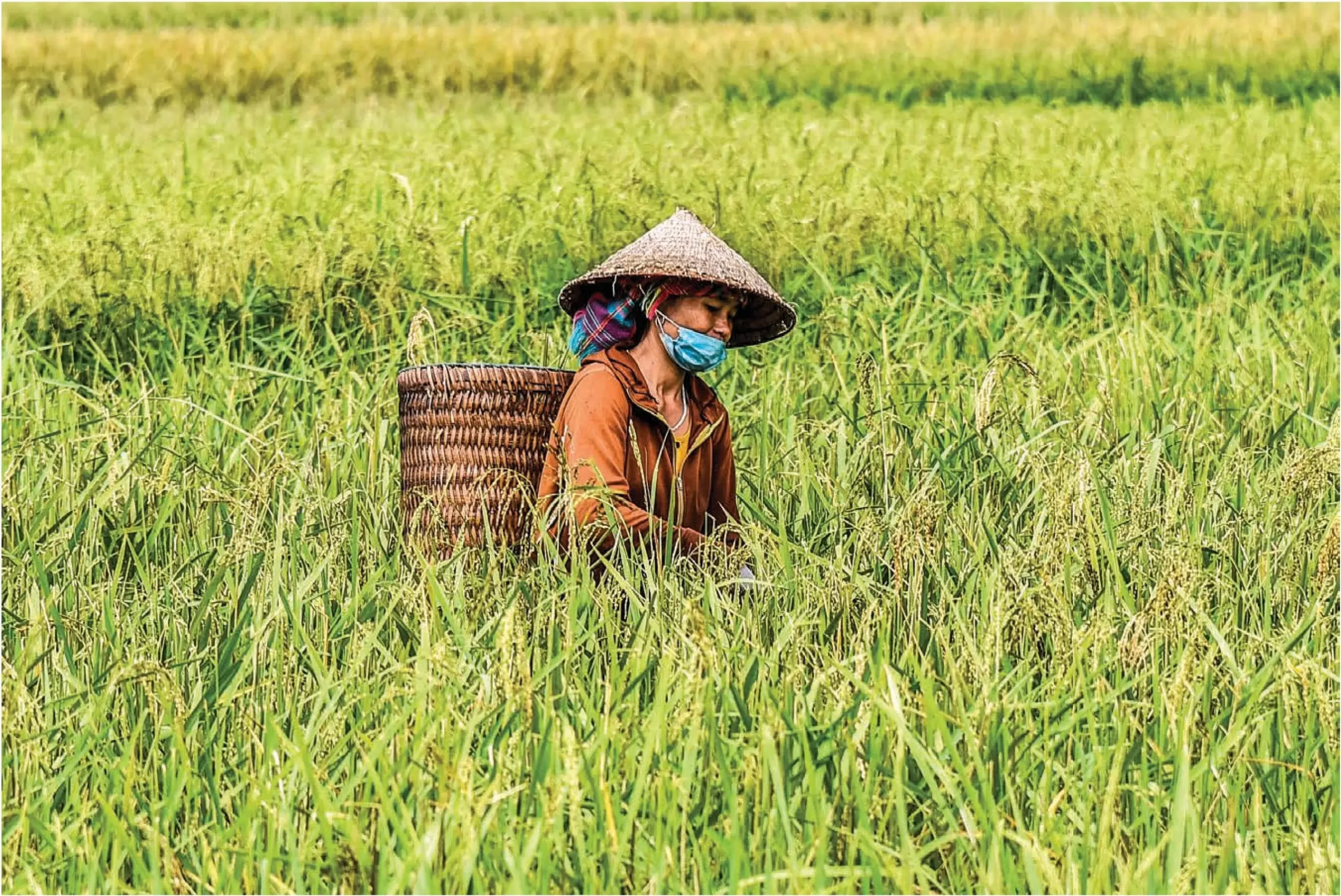Rice and Life
Luang Orabang Festival of Lights
North Vietnam is a mountainous region. Its hills are between 1 000 feet to 11 000 feet hight. The region is similar to Himachal Pradesh. For centuries the farmers have cultivated rice on terraces. In forming the terraces they have given a lot of consideration to water flow . However what is amazing is the aesthetic sense in laying out the terraces. As a result of these, the terraces make a very pleasing sight to watch.
Rice is grown once a year. In May the Rice terraces are flooded with water and saplings planted. In September the rice is harvested. The rice fields are sometime owned by several families and they share the produce. The Water Buffalo is the beast of burden used in farming.
The history of terraced fields is associated with the history of residence of ethnic groups in Vietnam’s northern mountains. Their cultural values are reflected in the farming experience, production customs, the formation of terraced fields of each ethnic group.


A terraced field has many levels in series and each level is a small field. The more levels there are, the more farming techniques the owner has. Given the scarcity of flat land, wet rice growers use hillsides to create an even and flat plot of land which looks like a three-step staircase. That’s the way terraced fields were created, a rare feature of Vietnam’s wet rice civilization.
The hardest work is land reclamation. The field location should not be very slopy and with less gravel. A good place is where there is thick grass or big trees. After a place is chosen, the improvement of soil is very important. The first step is to dig a ditch to supply water to the newly-exploited field. The digging is undertaken by men, who must be skilful enough to make water flow constantly into the rice fields, particularly during the transplanting of rice seedlings. The water flows from the upper levels down and each piece of field is part of this irrigation system. If the terraced field is owned by many households, the management and distribution of water is shared between them.
The land exploitation and rice cultivation has been maintained from generation to generation over hundreds of years. Each terraced field creates a beautiful picture on the hillside.
Together with the formation of terraced fields and the sedentary farming, ethnic groups of the northern mountains have adopted many traditional festivals and cultural activities associated with agricultural production. Life in a Humong Village is very interesting and the villages are now well supported with Electricity, Sanitation and Water supply. Most villagers have motorcycles. Schools are close by to the villages. Although the education is free the student has to pay for books and other supplies.
The rice terraces in North Vietnam are a spectacular sight.
Photographed by Ramesh Daga


